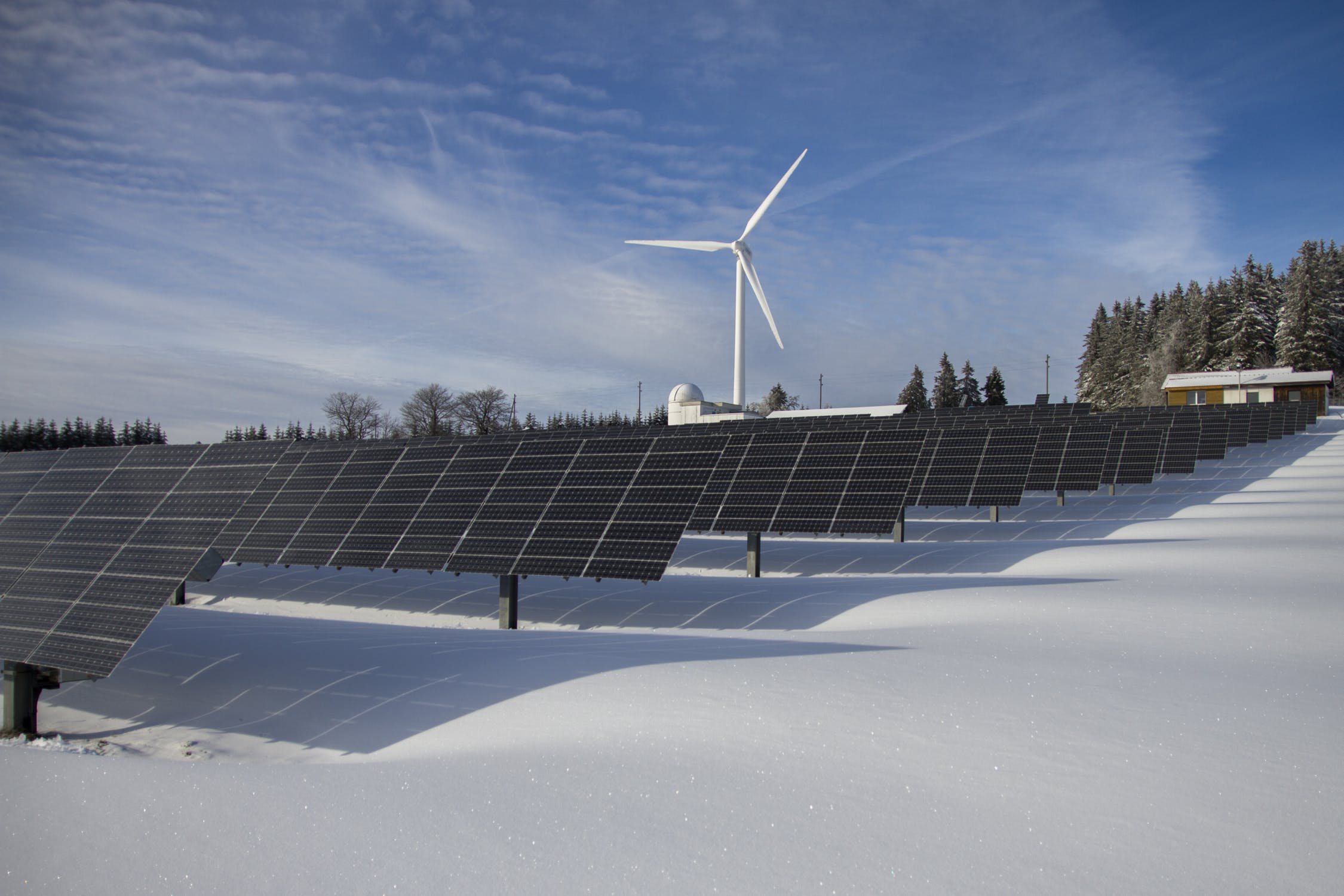Flexibility aggregators appeared some ten years ago to propose the participation of the consumer loads in the systems services and then to sell erasure blocks on the energy markets.
Despite some promising developments some of them a few years ago, none has really experienced the hoped-for success. The valuation of flexibilities remains, obviously, a competence to be held by energy companies without the latter still being able to make a profitable activity. At the heart of many strategic reasoning, many aggregators have seen their salvation in their purchase by a large energy: EnerNoc ENEL, Restore by Centrica to name only the two most emblematic European examples.
The concern today is no longer how to ensure the profitability of flexibilities but how to deal with all the breaks in progress.
– The most rewarding opportunities for flexibilities are, until today, the adjustment mechanisms managed by the TSOs. While accounting compensation measures have been put in place to ensure that the imbalances created by the flexibilities activated on the distribution networks are not attributed to the DSOs, the DSOs nevertheless suffer from “physical” imbalances in their network.
We must therefore prepare for mechanisms / markets for flexibilities managed by DSOs, which differs from previous ones in the need to act in a specific place.
– The development of distributed energy sources (solar, wind) has stimulated the development of ENR aggregators, responsible for aggregating productions for sale on the energy markets. These aggregators experienced stronger growth than demand aggregators, since the development of renewable energies was important (Germany)
Even though the activation mechanisms remain very specific, the question of the convergence of the ENR aggregation and the demand aggregation arises and some ENR aggregators could compete with Demand Response actors.
– The emergence of special flexibilities such as batteries or microgrids has favored the emergence of specialists in their activation. Will these aggregators take precedence over others through their mastery of key flexibilities or will they be tier 2 aggregators working for more global meta-aggregators?
– In a context where aggregators would become more global, where the sources of valorization would multiply, or even the recourse to flexibilities becomes more important to ensure the equilibrium of electricity networks more and more heckled, what place remains to independent aggregators facing big utilities? Their role can be important if the “small” energy companies, which do not have the means to develop a great know-how in aggregation and valuation of flexibilities, do not want to be subservient to the biggest.
Even before reaching the stage of maturity, the market of flexibilities already faces a deep revolution, full of uncertainty which could even favor the emergence of new actors.
Click here to read other articles of the same author.



Leave your comments
Post comment as a guest